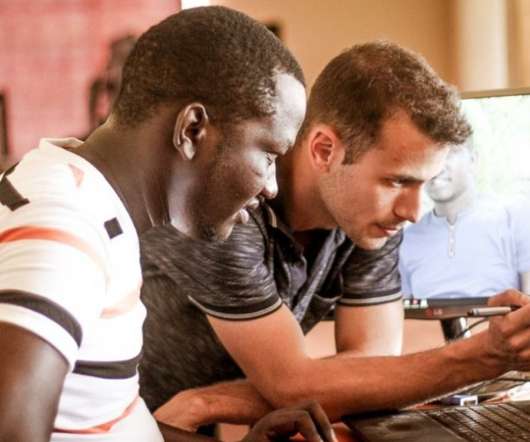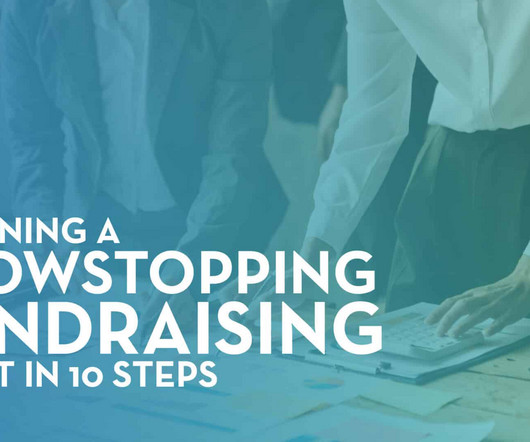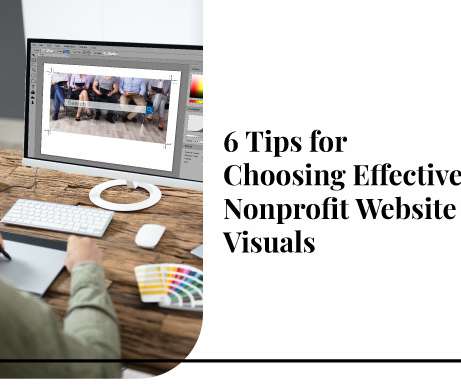AI For Good: How 3 Nonprofits Grew Their Impact With Machine Learning
Global Giving
MARCH 12, 2021
Have you exchanged data with like-minded organizations to grow your impact? The UCSF Brain and Spinal Injury Center improves treatment guidelines using insights from machine learning. They partnered with DataRobot to better understand the drivers of patient outcomes and improve treatment guidelines.



















Let's personalize your content